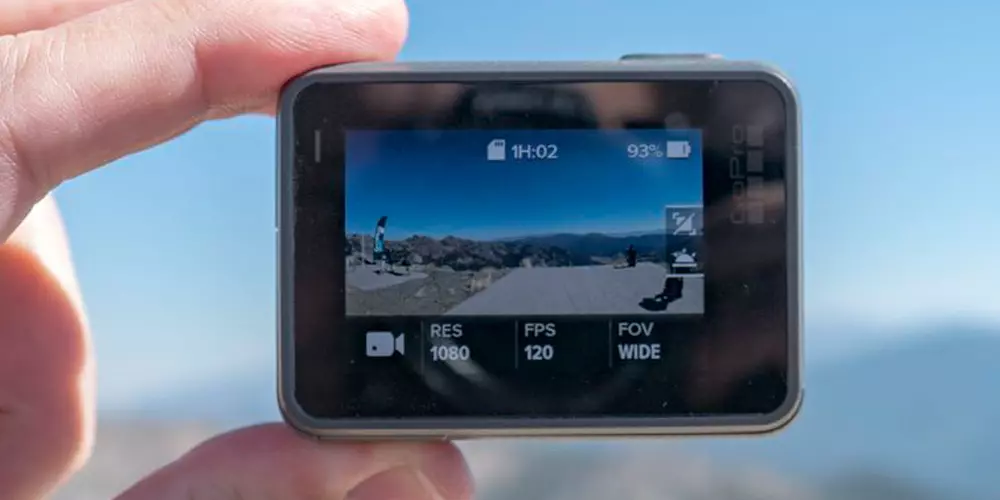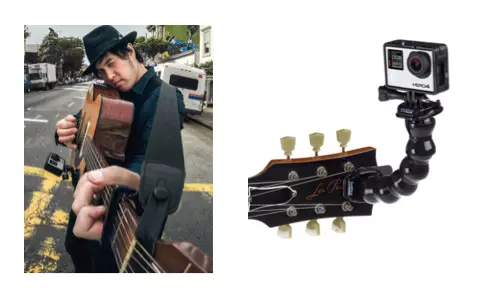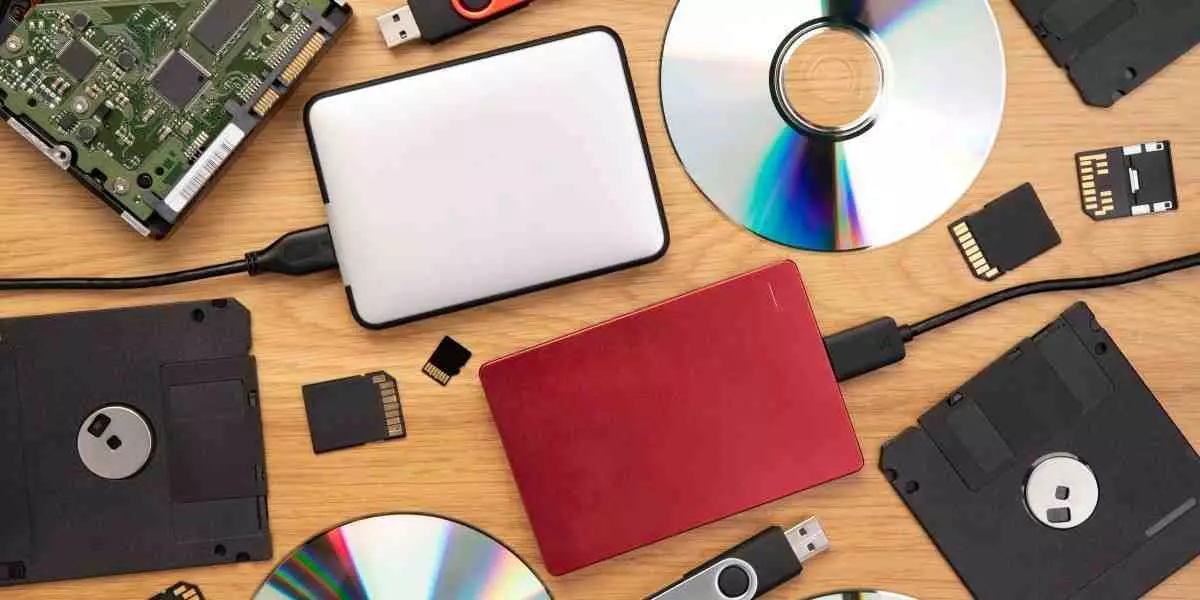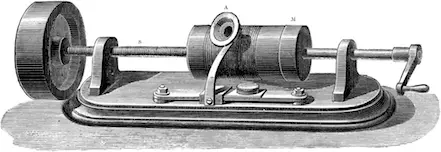GoPro Cameras - New Perspectives in Video Recording

GoPro's Hero4 video camera weighs only a few ounces
The way people discover new music is constantly changing.
Hundreds of years ago it was local gatherings, where artists would perform for public or private events. As time went on, more outlets for listening to music became available. The invention of the phonograph in 1877, and the advent of commercial radio in the early 20th century were huge leaps forward, allowing people to listen to recorded music in the privacy of their own homes.
Television became increasingly popular after WWII as a new way to discover music. People were able to see what their favourite artists looked like, the brands of instruments they played, and what sort of fashion sense they had. Whether it was watching The Beatles on The Ed Sullivan show back in 1963, or watching Michael Jackson perform on Soul Train in the 70’s, it was increasingly obvious that music could be both sonically and visually stimulating.
There were a handful of TV shows playing music videos during these years, but it wasn’t until 1981 that a TV channel was launched dedicated to broadcasting music videos – 24 hours a day, 7 days a week. MTV was born, and the industry went through a quantum change.
Throughout the 80’s, artists who had never been in front of a camera before had to make videos if they hoped to succeed in the new media environment. This continued to be the norm for the next two decades, with the creation of a host of new music channels such as VH1, BET, and Canada’s MuchMusic. Presenting music videos was the private domain of TV stations, unless you picked up the latest VHS tape or DVD that artists released, to showcase their videos and live performances.
By the turn of the century, the Internet had become readily available to the general public, with sufficient bandwidth to carry both music and data-hungry video in real time. Once again the music industry was turned on its ear. Artists began to promote their music and videos on personal websites, as well as increasingly popular social media sites such as MySpace and YouTube.
Music lovers were able create their own sound libraries and playlists, and transfer them to iPods and cellphones, with the freedom to watch and listen to their favourite songs anytime they wanted, free from the limitations of real-time radio and TV station programming.
These days, signed and independent artists alike can easily promote their music online with not only live performance and music videos, but also more personal and intimate studio outtakes and tour documentaries.

To make this process easier for recording artists and performers, a new tool has come on the scene – the GoPro camera.
Weighing only a few ounces, in the past few years, GoPro cameras have taken the extreme sports market by storm, with athletes mounting them on surfboards, kayaks, bikes, and even themselves!
GoPro cameras now also cater to musicians, with accessories such as removable microphone and musical instrument mounts. Artists can attach GoPro cameras to guitars and microphone stands, and record performances in HD quality. Increasingly, bands are releasing music videos filmed exclusively with GoPro cameras that are visually innovative and inexpensive to produce. With the GoPro’s ability to send footage wirelessly to a smartphone or tablet, it’s easier than ever to get your music out there.
Imagine the marketing and promotion possibilities available using a single camera and the World Wide Web.
The industry is always evolving – make sure you are too!




